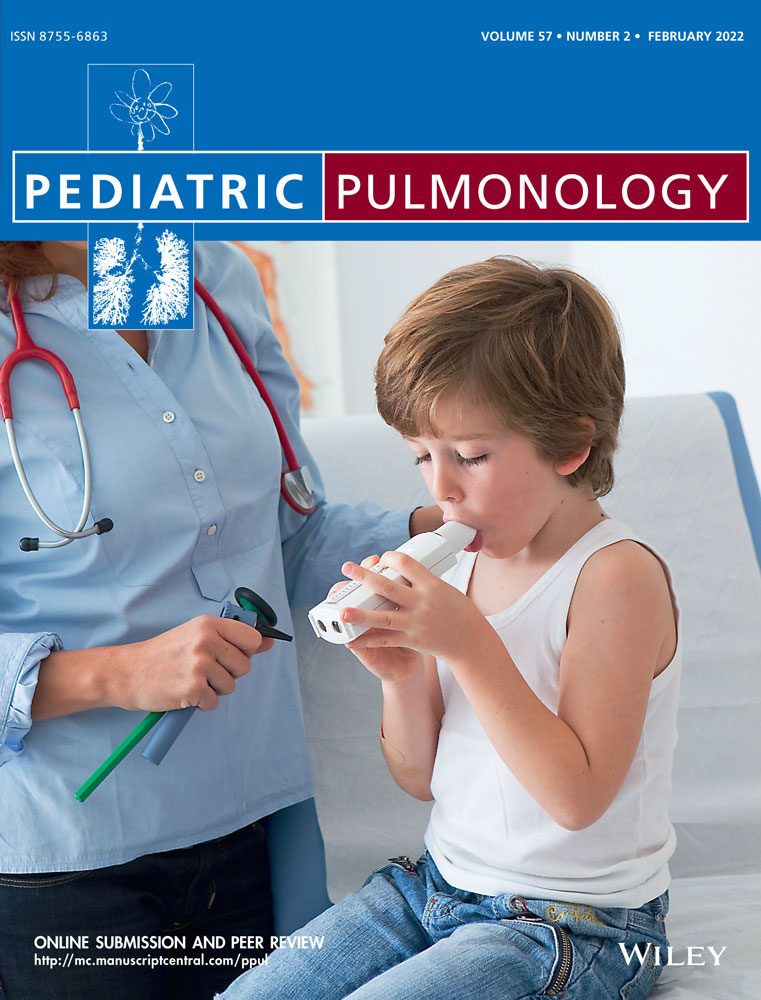Bronchopulmonary dysplasia: Incidence and severity in premature infants born at high altitude
Abstract
Background
Bronchopulmonary dysplasia (BPD) is the most common cause of chronic lung disease in children born prematurely. There is little information about the epidemiology and severity of BPD places with high altitude. This study aimed to evaluate the frequency of BPD severity levels and the associated risk factors with severity in a cohort of preterm newborns ≤36weeks of gestational age born in Rionegro, Colombia
Materials and Methods
We carried out a retrospective analytical cohort of preterm newborns without major malformations from Rionegro, Colombia between 2011 and 2018 admitted to neonatal intensive unit at high altitude (2200 m above sea level). The main outcomes were the incidence and severity of BPD.
Results
The BPD incidence was 23.5% 95% (confidence interval [CI], 19.6–27.7). BPD was grade 1 in 69.9%, grade 2 in 15.5% and grade 3 in 14.5% of patients. After modeling regression analysis, the final variables associated with BPD severity levels were: sepsis (odds ratio [OR], 4.15; 95% CI, 1.33–12.96) and pulmonary hypertension (OR: 3.86; 95% CI, 1.30-11.4).
Conclusion
The incidence of BPD was higher and similar to cities with higher altitudes. In our population, the variables associated with BPD severity levels were: sepsis and pulmonary hypertension. It is necessary to increase the awareness of risk factors, the effect of clinical practices, and early recognition of BPD to reduce morbidity in patients with this pathology.
CONFLICT OF INTERESTS
The authors declare that there are no conflict of interests.
Open Research
DATA AVAILABILITY STATEMENT
The data that support the findings of this study are available from the corresponding author upon reasonable request.




